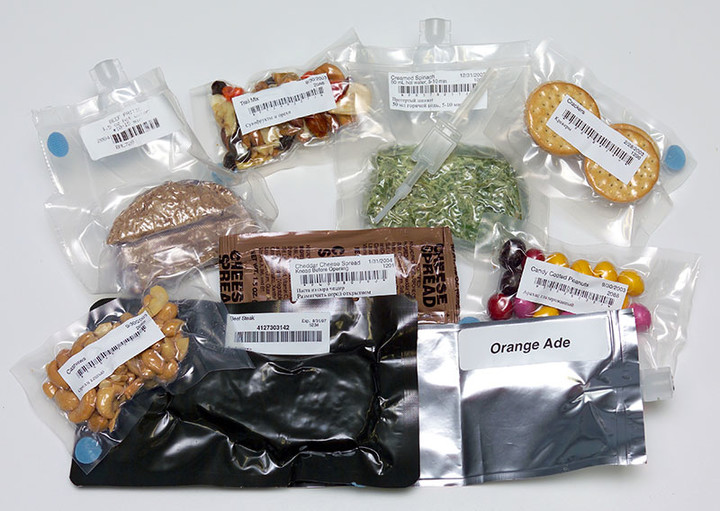For humans to land on Mars, the most concerned issues are the hard-core issues such as spacecraft technology and fuel, but there is a saying that “the people eat for the sky”, from the Earth to Mars, after landing on Mars, astronauts What they eat is actually a problem that scientists need to solve.
Friends who have paid attention to aerospace dynamics may feel that this problem is not enough. The space food development has been very rich, and even the food such as fish-flavored pork and Kung Pao Chicken has been on the Shenzhou spacecraft. Do you have to worry about the astronauts flying to Mars?

▲ Image from: News Mars
>
This requires understanding the biggest difference between the Mars mission and other missions – too far from the Earth. According to the most optimistic prediction now, it takes 7 to 9 months to travel from Earth to Mars. It doesn’t sound like a long time. But the problem is that when people go, they have to go back, and the round-trip is more than a year, but in fact it takes longer. Since Mars is in orbit with the Earth, the shortest line between the two occurs only every 26 months, conservatively estimating that the astronauts will leave the Earth for three years.For a long time, this is not a question of how many foods are available, but whether the food can be kept for such a long time.
The National Aeronautics and Space Administration (NASA) has a five-year food shelf life requirement for the Mars mission. This standard excludes most foods packaged in non-metallic containers, and there is little food left. Is it that astronauts can only cans in three years?
However, Washington State University recently announced that they have been able to extend the shelf life of ready-to-eat macaroni, cheese and other plastic packaged foods at room temperature from the common year to three years without affecting the flavor of the food.

▲Image from: WSU< /a>
First, the researchers used a self-developed microwave-assisted heat sterilization (MATS) system to sterilize food. Considering that metals cannot be used for microwave heating, the glass is fragile and too heavy. Plastics are the first choice for packaging. . For plastic packaging foods to remain unchanged for a longer period of time, a better oxygen barrier system is needed.
The industry’s usual practice is to add a layer of metal oxide coating on the plastic film to slow down the time that oxygen and other gases enter the food. However, the coating will crack when it is sterilized, which will eventually affect the food. Shelf life. Washington State University has partnered with the packaging company to develop a packaging film consisting of multiple layers of different plastics, thin layers of only a few microns thick.By covering the metal oxide with a good barrier property, good sealing property, good mechanical strength, or good printing property, the occurrence of cracks can be prevented, and the barrier property is also improved.

▲ The hot box image used to check the shelf life of the food comes from: WSU
The school’s partner, the US Army, will test the taste of food. As for the length of the shelf life, it will not work for three years. The researchers created a hot box that accelerates food aging and predicts the change in mash color. Food shelf life. The shelf life of the newly packaged mashed potatoes at 37 °C is estimated to be 5.5 months, equivalent to 2.5 years at 23 °C.
The researchers said that NASA already knows about their research, but the two sides are just getting started, and they are working hard to extend the shelf life to five years to meet the agency’s requirements for Mars food.
The title map is from: El Diario Vasco